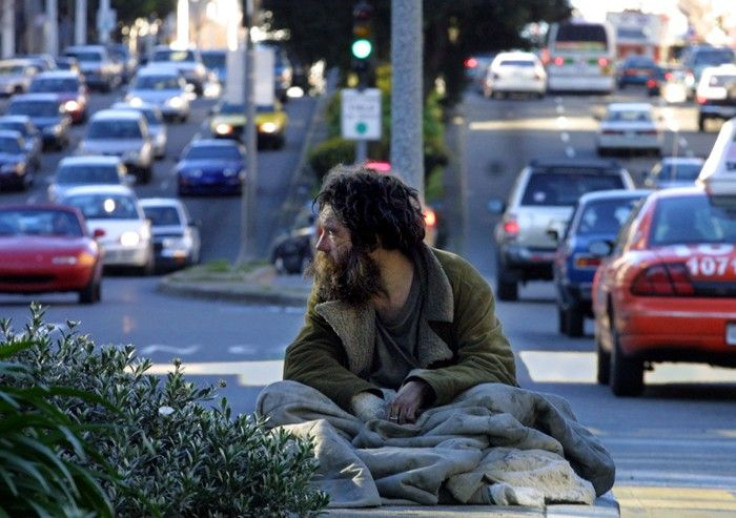American Poverty View: Is America Becoming a Nation of Poor Children?

The U.S. Census Bureau released a study on a supplemental poverty measure that complements the nation's official poverty evaluation. Under the new guidelines, 49.1 million Americans, or 16 percent of the population, are classified as living in poverty. This is 2.9 million more than which are classified under the official measure.
The official U.S. poverty rate is widely used as one of the nation's primary indicators of economic well-being. The effects of poverty on child development remain serious and pose seemingly intractable challenges with important implications for children's education and well-being.
The addition of nearly three million people in the category of poor came under a new, comprehensive poverty measure that painted a more dismal picture of America's economic landscape than the official measure from September. Food insecurity, lack of affordable housing, and other hardships affect millions of American children, not just those who are officially poor.
Few economists defend the official poverty measure, which was developed 50 years ago when food prices represented a third of household budgets. Food costs have dropped to one-seventh of household payouts, while other expenses such as taxes, medical out-of-pocket payments, commuting costs and child care now eat up a much larger share of expenses.
The new model, called the supplementary poverty measure, is designed to take into account these costs. The result is what experts say is a more thorough measure of poverty. People aged 65 and older saw the largest increase in poverty when using the new metric, with the rate raising to 15.9 percent from 9 percent, largely due to medical expenses. Adults 18 to 64 also saw increases to 15.2 percent from 13.7 percent due mostly to commuting and child care costs.
Poverty for children under age 18 is 18 percent under the new calculation, compared with 22.5 percent under the traditional method. Without food stamps, children's poverty would exceed 21 percent, census figures show. Without earned-income-tax credits for the poor, children's poverty would be more than 22 percent.
Even without considering added expenses, official poverty estimates released in September found that 46.2 million Americans are living below the poverty line, which is the highest level since 1993. More than 20 million US children rely on school meal programs to keep from going hungry. Research suggests that being poor during childhood is associated with being poor as an adult.
Children need nurturing families and high quality early care and learning experiences. Many American families with children are asset poor, which means they lack sufficient savings to live above the poverty line for three months or more in the event of parental unemployment or illness when no earnings are available. Income generated from assets provides a cushion for families. This also points to the need for programs that actively promote and encourage the development of saving habits among asset-poor families.
© Copyright IBTimes 2024. All rights reserved.











